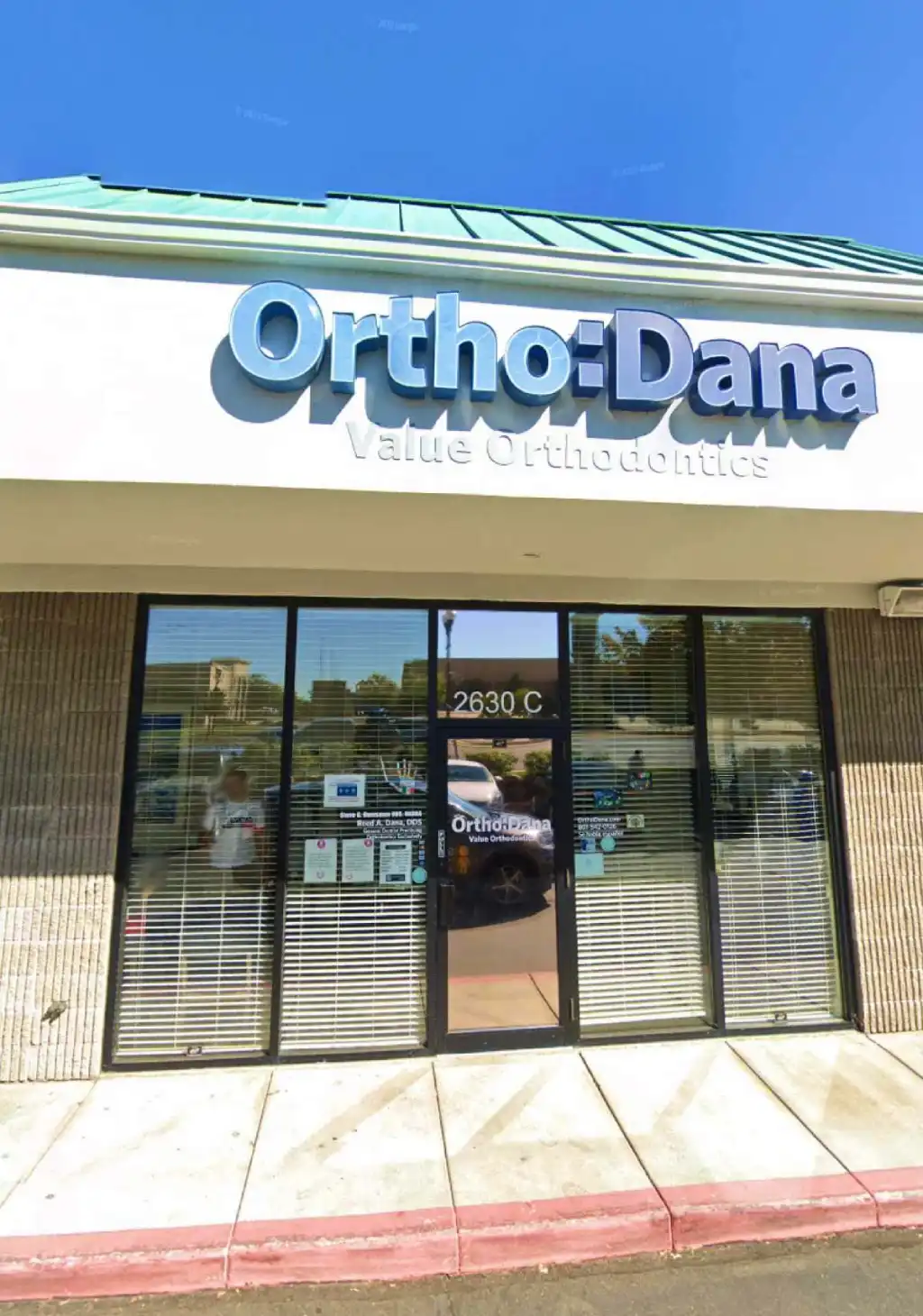Orthodontic treatment isn’t just for teens and adults. In some cases, early intervention is the key to preventing more complex dental problems later in life. Two-phase orthodontic treatment is a specialized approach designed to guide jaw development, correct bite issues, and create space for permanent teeth before they even come in.
But how do you know if your child needs two-phase orthodontic treatment? Understanding the signs and benefits of early intervention can help you make the best decision for your child’s oral health.
What Is Two-Phase Orthodontic Treatment?
Two-phase orthodontic treatment is a comprehensive approach that involves two distinct stages of treatment—one occurring during childhood while baby teeth are still present, and another during adolescence when permanent teeth have fully erupted.
Why Two-Phase Treatment Exists
- Guides Jaw Growth — Ensures the upper and lower jaws grow proportionately.
- Creates Space for Permanent Teeth — Prevents crowding and alignment issues before they occur.
- Improves Bite Function — Corrects problems like overbite, underbite, and crossbite early on.
- Reduces the Need for Extractions or Surgery — Early intervention can simplify treatment and prevent more invasive procedures later.
This proactive approach is especially useful for children with developing orthodontic concerns that may worsen over time if left untreated.
How Does Two-Phase Treatment Work?
Two-phase treatment is designed to address orthodontic issues before they become more complicated. Here’s how each phase works:
Phase One: Early Intervention
This stage typically begins between ages 6 and 10. During this phase, the orthodontist focuses on guiding jaw growth and creating space for emerging permanent teeth.
- Addressing Bite Issues — Corrects underbites, overbites, crossbites, and other misalignment problems early.
- Creating Space — Prevents overcrowding by using appliances like palatal expanders or partial braces.
- Encouraging Healthy Growth — Ensures the upper and lower jaws develop properly.
Once Phase One is completed, your child enters a resting phase, allowing the remaining permanent teeth to emerge naturally.
Phase Two: Comprehensive Treatment
Phase Two begins once all permanent teeth have erupted, typically around ages 11 to 13. The goal is to fine-tune alignment and achieve a beautiful, healthy smile.
- Full Braces or Invisalign — Used to perfect tooth alignment and bite function.
- Retention Phase — Following treatment, retainers help maintain the new position of the teeth.
- Long-Term Stability — Ensures the results are permanent and effective.
Two-phase treatment is especially effective for children who have severe alignment or bite issues that could worsen without early intervention.
Signs Your Child May Need Two-Phase Orthodontic Treatment
It can be difficult to determine if your child needs early orthodontic intervention, but certain signs and symptoms are worth paying attention to.
Common Signs to Watch For
- Early or Late Loss of Baby Teeth — Losing teeth too early or too late can affect jaw growth and permanent tooth eruption.
- Crowded or Overlapping Teeth — Limited space in the mouth may indicate a need for early intervention.
- Bite Problems — Underbite, overbite, crossbite, or open bite can impact chewing, speech, and jaw development.
- Difficulty Chewing or Biting — If your child struggles to bite into food or chew properly, orthodontic treatment may be needed.
- Mouth Breathing — Chronic mouth breathing can influence facial growth and alignment.
- Protruding Teeth — Teeth that stick out can be more vulnerable to injury and may indicate jaw alignment issues.
- Thumb Sucking Beyond Age 5 — Persistent habits can impact tooth alignment and jaw development.
If you notice any of these signs, scheduling an orthodontic evaluation can help determine whether two-phase treatment is the best course of action.
Benefits of Two-Phase Orthodontic Treatment
Choosing two-phase orthodontic treatment offers several advantages over waiting until all permanent teeth have erupted.
Why Early Intervention Works
- Improves Facial Balance — Proper jaw alignment contributes to balanced facial aesthetics.
- Reduces Treatment Time — Addressing issues early can make Phase Two treatment faster and simpler.
- Prevents Tooth Extraction — Creating space during early treatment may eliminate the need for extractions later.
- Improves Oral Function — Correcting bite issues early improves chewing, speech, and overall comfort.
- Boosts Confidence — Early treatment can enhance your child’s smile and self-esteem during critical developmental years.
The goal of two-phase treatment is to address issues before they become more complicated, resulting in a healthier, more attractive smile.
Why Choose Ortho:Dana for Two-Phase Treatment
At Ortho:Dana, we understand the importance of early orthodontic intervention. Our team is dedicated to providing comprehensive, personalized care to help your child achieve a healthy, beautiful smile.
Why Parents Trust Ortho:Dana
- Experienced Orthodontist — Dr. Huntsman specializes in two-phase treatment and early intervention, ensuring your child receives expert care.
- Customized Treatment Plans — Every child’s needs are unique, and we tailor our approach to provide the most effective results.
- Modern Technology — We use advanced digital imaging and diagnostic tools to create precise treatment plans.
- Affordable Care — Our office offers flexible payment options to make early treatment accessible for all families.
Friendly, Kid-Friendly Environment — We ensure your child feels comfortable and confident during every visit.
If you’re wondering whether two-phase orthodontic treatment is right for your child, contact Ortho:Dana today to schedule your free consultation with Dr. Huntsman!



